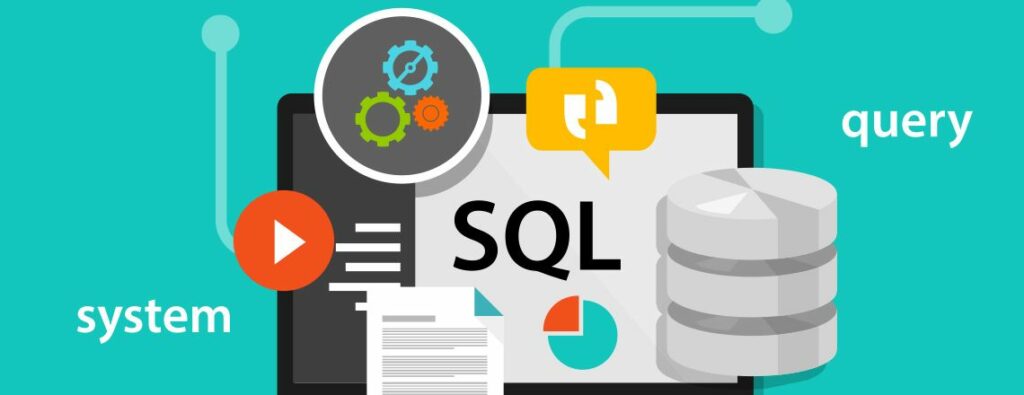
Free eBooks for Beginners
As a data analyst, it’s important to have a solid understanding of SQL, the language used to manage and manipulate data in relational databases. One of the most basic, yet powerful, statements in SQL is SELECT. In this article, we will be diving into what SELECT is and how it can be used.
So, what exactly is SELECT? SELECT is a statement in SQL used to retrieve data from a database. The data can be from one or more tables, and can be filtered, sorted, and manipulated in a variety of ways. SELECT allows you to specify the columns you want to retrieve, as well as the conditions that must be met for the data to be returned.
For example, let’s say you have a database of customers and you only want to see the names and email addresses of customers who have made a purchase within the last month. You could use the following SELECT statement to retrieve this information:
SELECT name, email
FROM customers
WHERE last_purchase_date >= NOW() - INTERVAL 1 MONTH;In this example, the SELECT statement retrieves the name and email columns from the customers table. The WHERE clause is used to filter the data based on the last_purchase_date column. The NOW() function returns the current date and time, while the INTERVAL 1 MONTH subtracts one month from the current date and time. The result is a list of customer names and email addresses where the last purchase was made within the last month.
SELECT can also be used to retrieve data from multiple tables by using a join. Joins allow you to combine data from two or more tables based on a common column between them. For example, let’s say you have a database of customers and orders. You can use the following SELECT statement to retrieve the name and email of customers who have made an order:
SELECT customers.name, customers.email, orders.order_date
FROM customers JOIN orders
ON customers.customer_id = orders.customer_id;In this example, the SELECT statement retrieves the name, email, and order_date columns from the customers and orders tables. The JOIN clause is used to combine the data from both tables based on the customer_id column, which is a common column between both tables. The result is a list of customer names, email addresses, and order dates for all customers who have made an order.
As you can see, SELECT is a very powerful statement in SQL that can be used to retrieve and manipulate data in a variety of ways. Whether you’re a beginner or an experienced data analyst, it’s essential to have a solid understanding of SELECT and how it can be used to solve complex data problems. With a little practice and some hands-on experience, you’ll be a SQL pro in no time!
SQL for Beginners and Data Analyst – Chapter 6: SELECT
 Loading...
Loading...
Disclaimer: The information and code presented within this recipe/tutorial is only for educational and coaching purposes for beginners and developers. Anyone can practice and apply the recipe/tutorial presented here, but the reader is taking full responsibility for his/her actions. The author (content curator) of this recipe (code / program) has made every effort to ensure the accuracy of the information was correct at time of publication. The author (content curator) does not assume and hereby disclaims any liability to any party for any loss, damage, or disruption caused by errors or omissions, whether such errors or omissions result from accident, negligence, or any other cause. The information presented here could also be found in public knowledge domains.